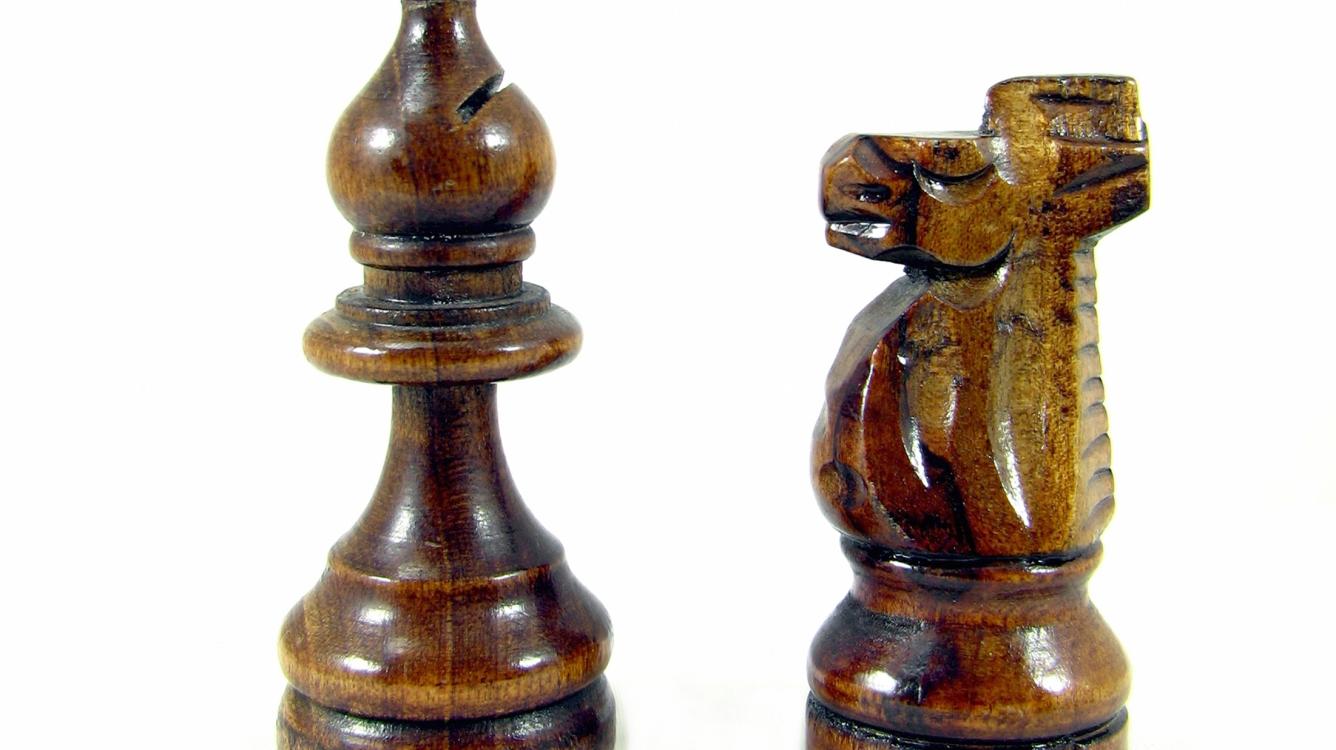
My Favorite Classic Games, Part 12
This series is all about the classic games that, as a young teen (15 years of age), affected me in a profound manner. In general, they were positional games since, for a kid that grew up on attacking chess and combinations (12 to 14 years of age), strategic considerations were left behind and, as a result, were alien.
Thus, when I was finished studying games by Anderssen, Morphy, Spielmann, Marshall, Alekhine and Tal, I decided to check out less extreme players and broaden my chess horizons.
The games I will share might or might not be masterpieces; the criterion for this series is that they taught me an extremely important lesson(s) that made me well rounded and much stronger. I’m hoping that these games will teach you the same lessons, thereby improving your positional understanding and helping you become a better player.
This week we are going to explore a strategy that every good player uses on many occasions: acquire the two bishops (the opponent will usually have a bishop and knight) and then manipulate the pawn structure so the enemy knight has no advanced squares to land on while the two bishops enjoy rocketing along some wide open diagonals.
Victory will follow. Simple, sweet, and effective.

The poster child for this strategy is the following Steinitz game, which I suspect has been looked at several times by every grandmaster on earth.
Of course, I was very young when I first saw it, but the concept was so pure, so obvious, and so strong that I immediately added it to my (at that time very small) repertoire of ideas.
Black’s opening has been successful, and he has two bishops in an open position. Of course White’s knight is quite strong on d4, so Black immediately opened up his toolkit of patented ideas and made use of the classic BISHOP vs. KNIGHT STRATEGY:if your bishops already have nice diagonals, turn your eyes toward the enemy knight and take away all its advanced support points.
This game taught me that one can win games (and sometimes win them easily!) just by getting the two bishops and nurturing them until they reach maximum velocity (maximum strength).
As I said earlier, this usually involves a careful manipulation of the pawn structure, which takes away the enemy knight’s support points while opening diagonals for one’s bishops.

Here are two of my games that show the strength of the bishop pair.
In the first one, Black has two powerful bishops and the lineup along the h1-a8 diagonal is scaring White’s king to death.
However, things aren’t so easy (White is actually annoyingly solid), so I decided to sharpen the position up, secure in the knowledge that if the position busts open, the power of two unrestrained bishops has to count for something!
The last game shows how one can create a whole opening-to-middlegame strategy based on the acquisition of the two bishops.
LESSONS FROM THESE GAMES:
- When you get two bishops, you need to carefully manipulate the pawn structure so it’s “bishop friendly.”
- Classic bishop vs. knight strategy: if your bishops already have nice diagonals, turn your eyes toward the enemy knight and take away all its advanced support points.
- What could be easier? Grab an enemy bishop with your knight, then devote yourself to making your two bishops better than the enemy bishop and knight (or two knights).
- Of course, you can use these same strategies if you have a bishop vs. a knight.
- If you don’t recognize what you have, you won’t be able to maximize your minor piece’s potential.
RELATED STUDY MATERIAL
- Read IM Silman's previous article: My Favorite Classic Games, Part 11.
- Read GM Naroditsky's article on how Bobby Fischer used his bishops.
- Watch FM Mike Klein's video on stunning bishop moves.
- Practice creating deadly bishops in the Chess Mentor.
- Solve some puzzles in the Tactics Trainer.
- Looking for articles with deeper analysis? Try our magazine: The Master's Bulletin.






